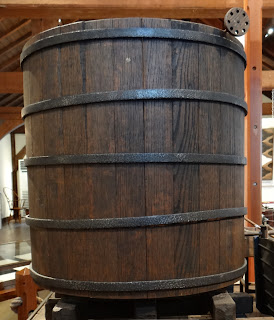In the selective deposition lamination (SDL) process developed by Conor and Fintan MacCormack, each sheet of paper is printed in the area that will become the edge of the final part. The paper is thin enough to allow the ink to be absorbed through the entire thickness of sheet.
Next, the first sheet is placed on the build platform and a layer of glue is applied in the area that represents the solid part of the first layer of the model. The paper is sliced along the printed outline and the next sheet is dropped into position. The process continues, layer after layer, until the entire part is constructed.
When the model is finished, the excess paper is pulled away to reveal the finished part. The finished items are light, strong and brilliantly colored.
You might also like:
Additive Manufacturing Pioneers
It Started with Stereolithography
Changing the World with a Glue Gun












